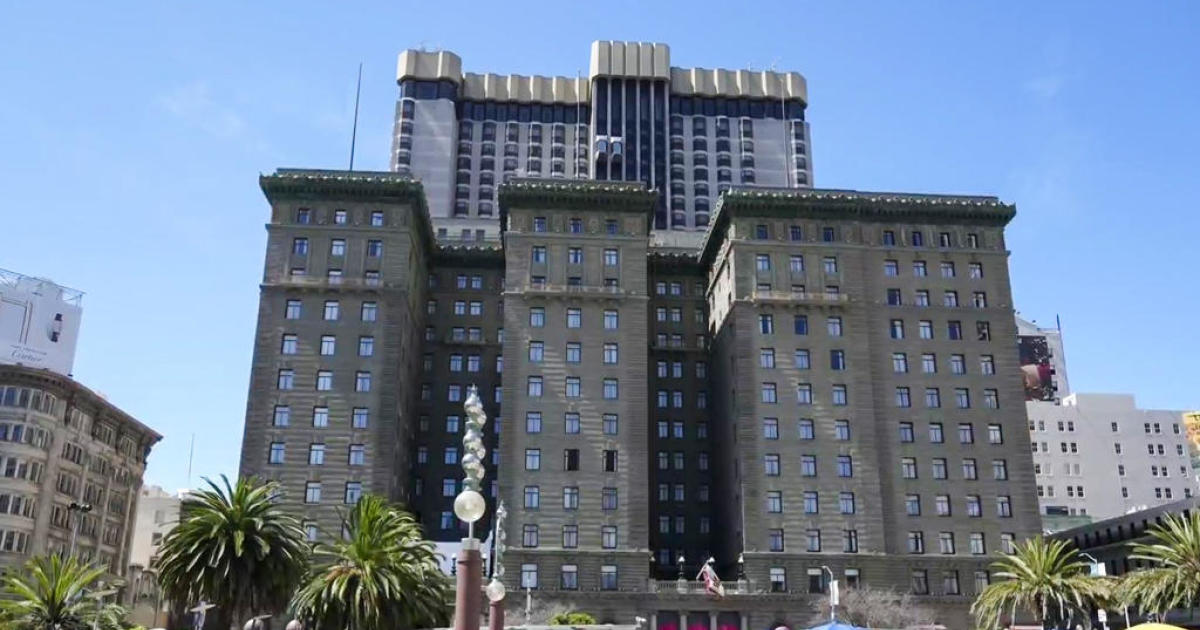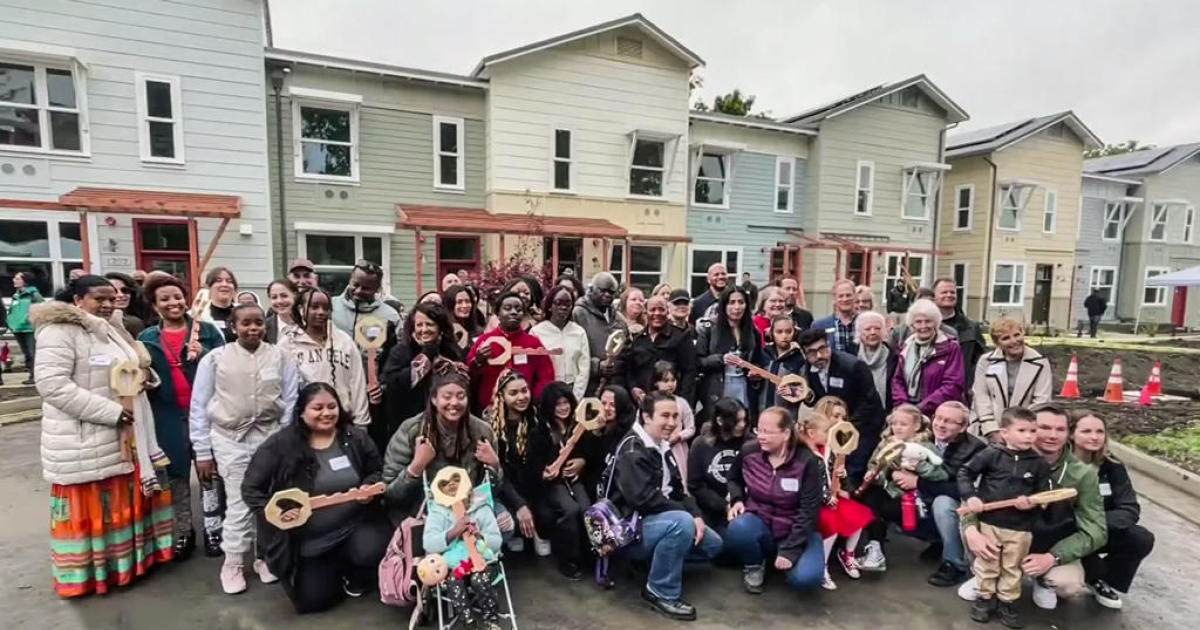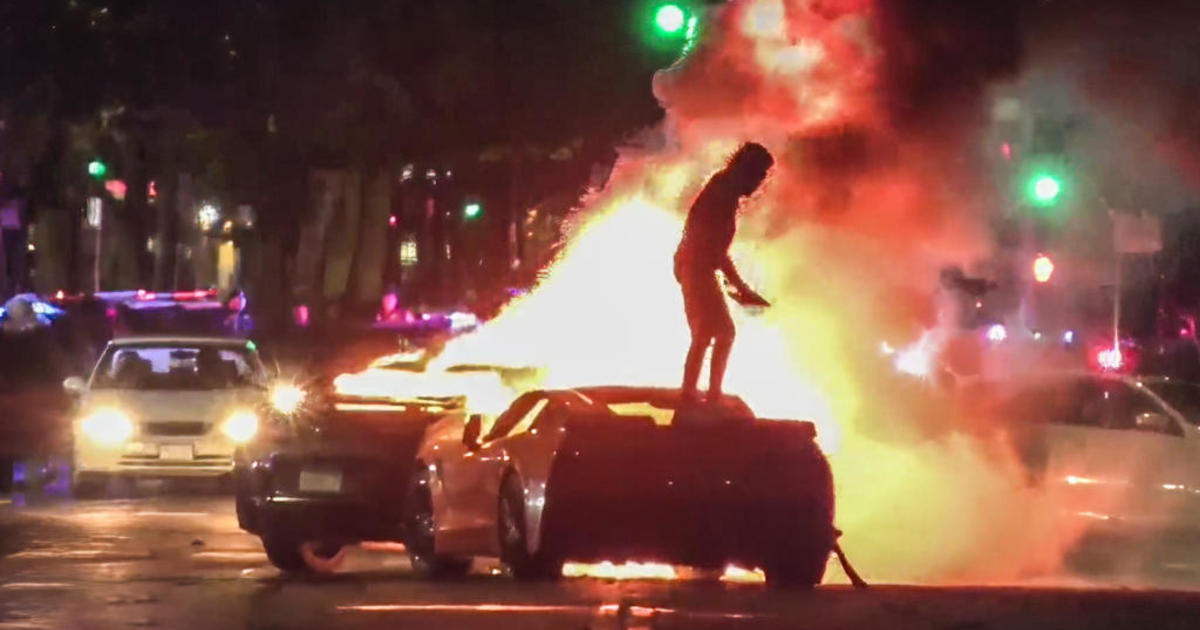Francis Presides Over Historic Day Of 4 Popes At Canonization Ceremony
VATICAN CITY -- Pope Francis declared Popes John XXIII and John Paul II saints before some 800,000 people on Sunday in an unprecedented ceremony made even more historic by the presence of emeritus Pope Benedict XVI in St. Peter's Square.
Never before have a reigning pope and a retired pope celebrated Mass together in public, much less at an event honoring two of their most famous predecessors.
Benedict's presence was a reflection of the balancing act that Francis envisioned when he decided to canonize John and John Paul together, showing the unity of the Catholic Church by honoring popes beloved by conservatives and progressives alike.
Francis made that point clear in his homily, praising both new saints for their work associated with the Second Vatican Council, the groundbreaking meetings that brought the 2,000-year-old institution into modern times. John convened the council in 1962 while John Paul helped ensure its more conservative implementation and interpretation.
"John XXIII and John Paul II cooperated with the Holy Spirit in renewing and updating the church in keeping with her pristine features, those features which the saints have given her throughout the centuries," Francis said.
He praised John for having allowed himself to be led by God to call the council, and he hailed John Paul's focus on the family — an issue Francis has taken up himself.
"They were priests, bishops and popes of the 20th century," Francis said. "They lived through the tragic events of that century, but they were not overwhelmed by them."
It was Benedict who put John Paul on the fast-track for possible sainthood just weeks after he died in 2005, responding to the chants of "Santo Subito!" or "Sainthood Now!" that erupted during his funeral Mass. His canonization is now the fastest in modern times.
Francis then tweaked the Vatican's own saint-making rules, deciding that John could be made a saint alongside him without the necessary second miracle usually required for canonization.
Francis took a deep breath and paused for a moment before reciting the saint-making formula in Latin at the start of the ceremony, as if moved by the history he was about to make in canonizing two popes at once.
He said that after deliberating, consulting and praying for divine assistance "we declare and define that Blessed John XXIII and John Paul II be saints and we enroll them among the saints, decreeing that they are to be venerated as such by the whole church."
Applause broke out from a crowd that stretched from St. Peter's to the Tiber River and beyond.
"This is such a historic moment," marveled the Rev. Victor Perez, who brought a group from the John Paul High School in Houston, Texas and waited for nearly 12 hours to get near St. Peter's. "John Paul was so impactful on the church. He completed the work of Vatican II. Today honors the last 50 years of what God has done in the church."
In John Paul's native Poland, bells rang out as soon as Francis pronounced the two men saints.
"He changed Poland and he changed us with his teaching and with his visits here," an emotional Maria Jurek said as she watched the proceedings on giant TV screens at a sanctuary dedicated to John Paul in Krakow.
In the Philippines, where John Paul in 1995 drew the largest ever crowd for a papal Mass at 4 million, Filipinos watched the canonization on TV and joined local celebrations, including a suburban Manila parade of children dressed like the pope.
Yet the atmosphere in St. Peter's seemed somber and subdued — perhaps due to the chilly gray skies and cumulative lack of sleep of many of the pilgrims who camped out on the streets near the Vatican or stayed up praying at the all-night vigils organized in churches around town. It was a far different scene than the rollicking party atmosphere of John Paul's May 2011 beatification, when bands of young people sang, danced and cheered before, during and after the Mass.
Spirits did pick up after the service when Francis drove through the crowds in his open-topped car all the way down to the Tiber River, giving many people their first — and only — close-up glimpse of him.
The Vatican estimated that 800,000 people watched the Mass in Rome, with about 500,000 in the square and nearby streets and the rest watching on TV screens that had been set up in piazzas around town.
By the time the ceremony began, Via della Conciliazione, the main boulevard leading from the square, nearby streets and the bridges across the Tiber were packed.
Polish pilgrims carrying the red and white flags of John Paul's beloved homeland had been among the first to push into the square well before sunrise, as the human chains of neon-vested civil protection workers trying to maintain order finally gave up and let them in.
"Four popes in one ceremony is a fantastic thing to see and to be at, because it is history being written in our sight," marveled one of the visiting Poles, Dawid Halfar.
Benedict had promised to remain "hidden from the world" after resigning last year, but Francis has coaxed him out of retirement and urged him to take part in the public life of the church.
During the Mass, Benedict sat off to the side of the altar with other cardinals, though he was clearly in a place of honor. He received the Italian president and a steady stream of cardinals, as well as Francis himself who embraced Benedict at the beginning and end of the service. Benedict had arrived in the square on his own to cheers and applause, wearing the same white vestments and white bishops' miter as other cardinals. The only difference was he had a white skullcap on rather than red.
In a dress rehearsal of sorts, Benedict attended the February ceremony in which Francis installed 19 new cardinals. But celebrating Mass together with Francis was something else entirely, a first for the institution and a reflection of Francis' desire to show the continuity in the papacy, despite different personalities, priorities and politics.
Pope John XIII, who reigned from 1958-1963, is a hero to liberal Catholics for having convened Vatican II, which allowing Mass to be celebrated in local languages rather than Latin and encouraged greater dialogue with people of other faiths, particularly Jews.
During his quarter-century papacy from 1978-2005, John Paul II helped topple communism through his support of Poland's Solidarity movement. His globe-trotting papacy and launch of the wildly popular World Youth Days invigorated a new generation of Catholics, while his defense of core church teaching heartened conservatives after the turbulent 1960s.
"John Paul was our pope," said Therese Andjoua, a 49-year-old nurse who traveled from Libreville, Gabon, with some 300 other pilgrims to attend. She sported a traditional African dress bearing the images of the two new saints.
"In 1982 he came to Gabon and when he arrived he kissed the ground and told us to 'Get up, go forward and be not afraid,'" she recalled as she rested against a pallet of water bottles. "When we heard he was going to be canonized, we got up."
Kings, queens, presidents and prime ministers from more than 90 countries attended. Some 20 Jewish leaders from the U.S., Israel, Italy, Francis' native Argentina and Poland were also taking part, in a clear sign of their appreciation for the great strides made in Catholic-Jewish relations under John, John Paul — and their successors celebrating their sainthood.
© Copyright 2014 The Associated Press. All Rights Reserved. This material may not be published, broadcast, rewritten or redistributed



